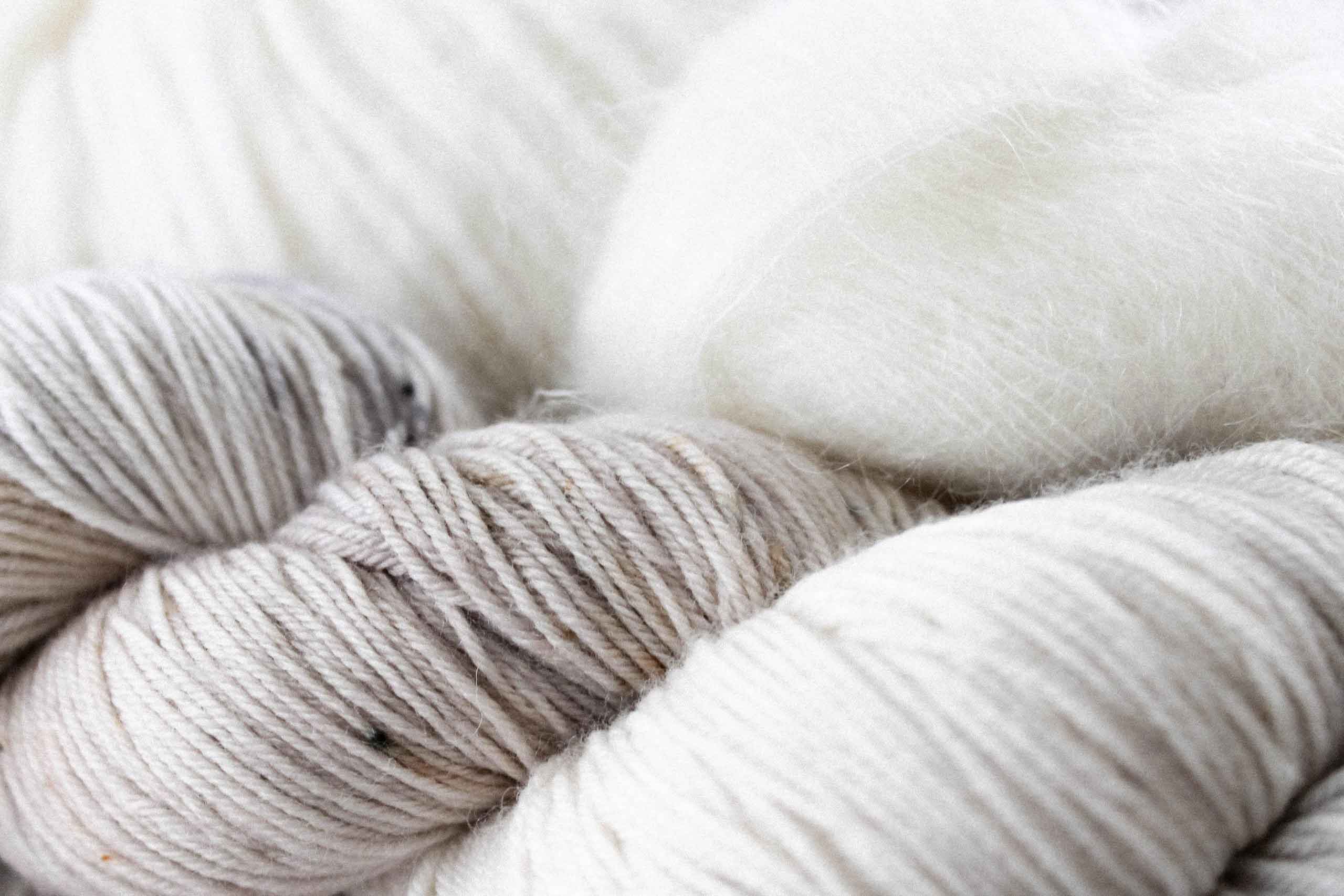February 19, 2020
Choosing The Right Carpet – Synthetic Vs Wool
The decision of which type of carpet to choose for your home comes down to personal choice. Here we outline the features and benefits of both wool and synthetic carpet. Note that both come with different options – wool or a wool blend, and synthetic carpet in either nylon or polyester.
Synthetic
Solution Dyed Nylon
SDN is the most popular synthetic carpet and is a sturdy, durable yet flexible fibre that is colourfast and treated to increase stain resistance.
- In general, SDN has superior light degradation, dye ability, elastic recovery, fatigue resistance and thermal stability.
- SDN is highly regarded for its excellent abrasion resistance. In terms of pure wear, SDN outperforms every other carpet fibre.
- SDN is dyed prior to extrusion so the colour is an integral part of the yarn – unlike cheaper nylon carpets where the nylon is extruded as a white yarn and dyed after tufting, the result being an inferior colourfast performance.
- SDN is very resilient, so these carpets can be cleaned with harsher cleaners. However, we do recommend spills are cleaned promptly so long-term staining is avoided.
- SDN carpets are both stain and soil resistant, so cleaning and maintenance is easy
Solution Dyed Polyester
Polyester carpets are a more affordable option while still offering many of the benefits of nylon carpets
- One of the biggest benefits of polyester carpets are their stain resistance. Made from closed-cell fibres, polyester carpets do not have any open dye sites for stains to adhere to, making them highly stain resistant
- Polyester carpets offer an exceptional velvet quality, softness and flexibility. The inherent bulkier yarn used in polyester carpets offer heavy, soft textured carpets that feel cosy and luxurious underfoot.
- Due to the lower cost of raw materials and production, polyester is a great, affordable option.
Wool
Wool carpets have set the standards for carpet over many years, and whilst synthetic carpets have gained popularity in recent years, wool is making a comeback, for several reasons.
- The structure of woollen fibres is naturally stain resistant and slow to absorb moisture, qualities that make it easy to clean
- Because wool is natural it is eco-friendly and biodegradable and wool fibres require a lot less energy to produce than synthetic fibres
- Resisting the growth of irritants like bacteria, moulds and mildew, wool also traps potential allergens, removing them from the air you breathe
- Wool is a natural insulator, meaning it can absorb moisture without becoming wet to touch, thereby reducing the dampness in the air and making your home drier and healthier. It helps keep rooms warmer in the winter and cooler in the summer
- The acoustic properties of wool help keep rooms quieter by absorbing airborne noise and reducing its transmission through floors
- Wool will not readily melt or burn when exposed to heat or flame

